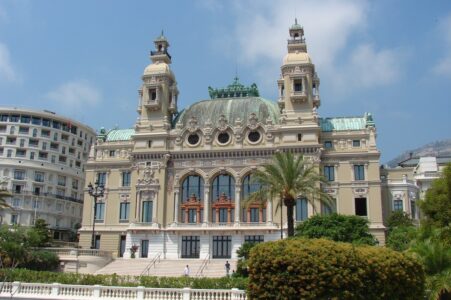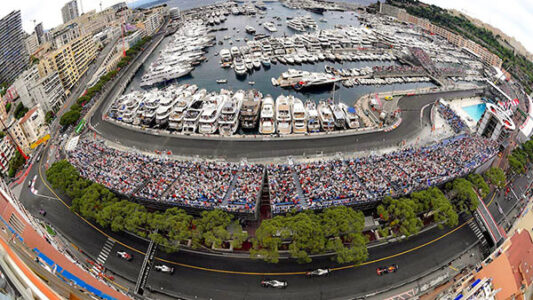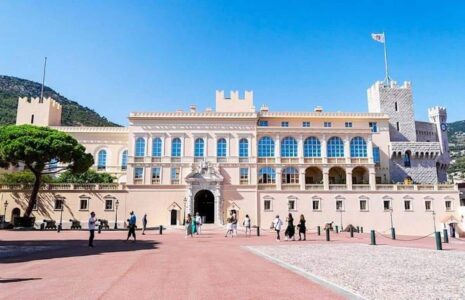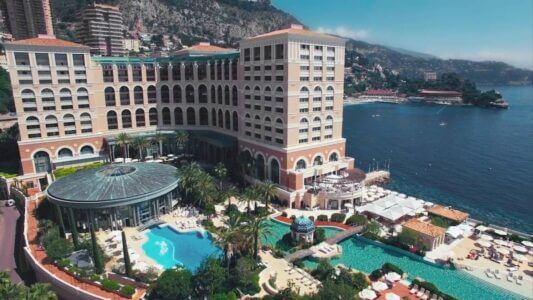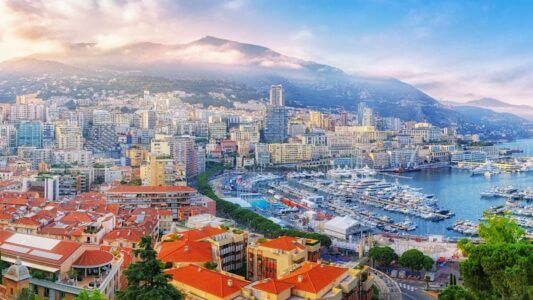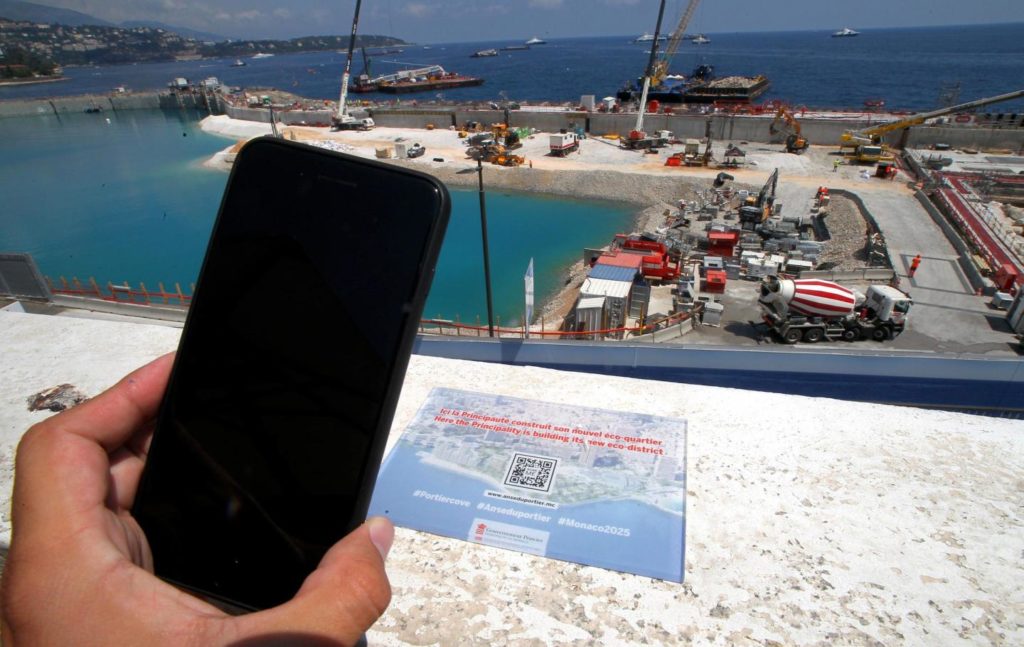Since late June, signs incorporating a QR Code have been installed near the site of the extension at sea. They refer to a site with all the progress of work in real-time.
From the terrace of Starbucks, while sipping a latte, customers nonchalantly watch the progress of the pharaonic shipyard extension at sea.
On both sides of this six-hectare construction zone, silhouettes of yellow and orange workers are activated. From the zone rises an ambient rut, hardly attenuated by the noise barrier when taking a little height.
REAL-TIME INFORMATION
“What is being done before our eyes is amazing. We do not see much, sites like that,” says Luciano. This 27-year-old Argentinean, who has been on the French Riviera for a week, unsheaths his smartphone and points to the wall.
Indeed, since June 26, ten panels incorporating a flash code, called QR Code, have been placed near the site of the extension at sea. Two at the American coffee chain, one at the roundabout of the Porter, another at the entrance to the tunnel Louis-II – one of the popular spots for onlookers to watch the ballet of mechanical devices – but also on the counter-jetty and the large dyke.
Luciano then flashes the QR Code. A page ( http://anseduportier.mc/ ) opens, distilling the latest information on the progress of work and measures implemented on site. A joint operation led by the government and the SAM L’Anse du Portier, the Department of Urban Development provided the installation of panels.
CLOSED PROTECTIVE BELT
Thus, we discover on his smartphone a video of more than five minutes recalling the genesis and philosophy of this project weighing two billion euros, half devoted to maritime infrastructure erected by Bouygues Travaux Publics.
Since July 18, the protective belt of 17 boxes is fenced. Just one year after the arrival of the first giant block of 10,000 tons. “This belt of caissons, deliberately winding to preserve the underwater current necessary for the oxygenation of the bottoms, defines the new feature of the Monegasque coast. The structure erected for twelve months is 500 meters long. It rests at a depth of 20 meters on a specially designed underwater hill, referred to as the sill fill. “
The next major step in the fall is also explained. The filling of the big hole, for the moment filled with water – with 500,000 to 600,000 tons of technical embankments and 450,000 m3 of sand. As the sand, dredged 150 meters deep in Sicily, will be poured, the water will be pumped to avoid an overflow phenomenon.

